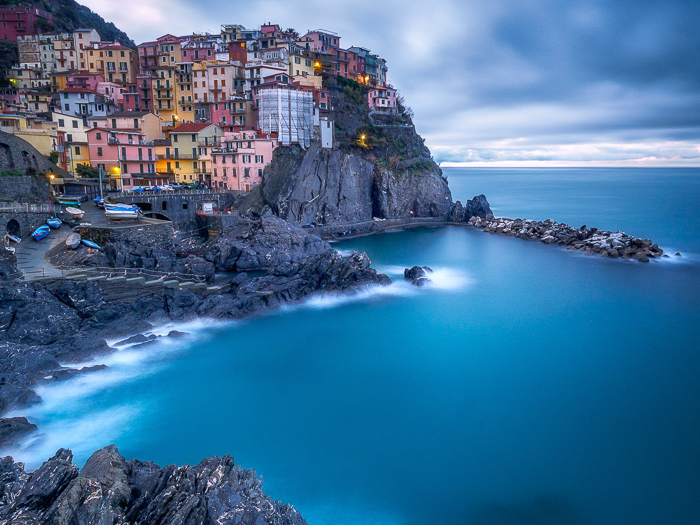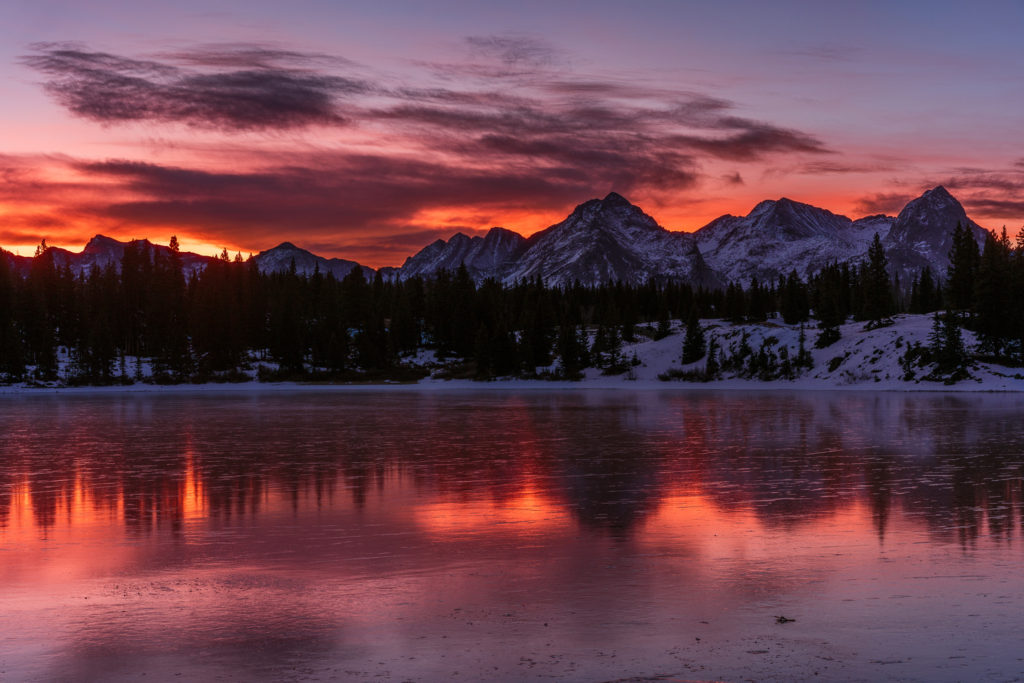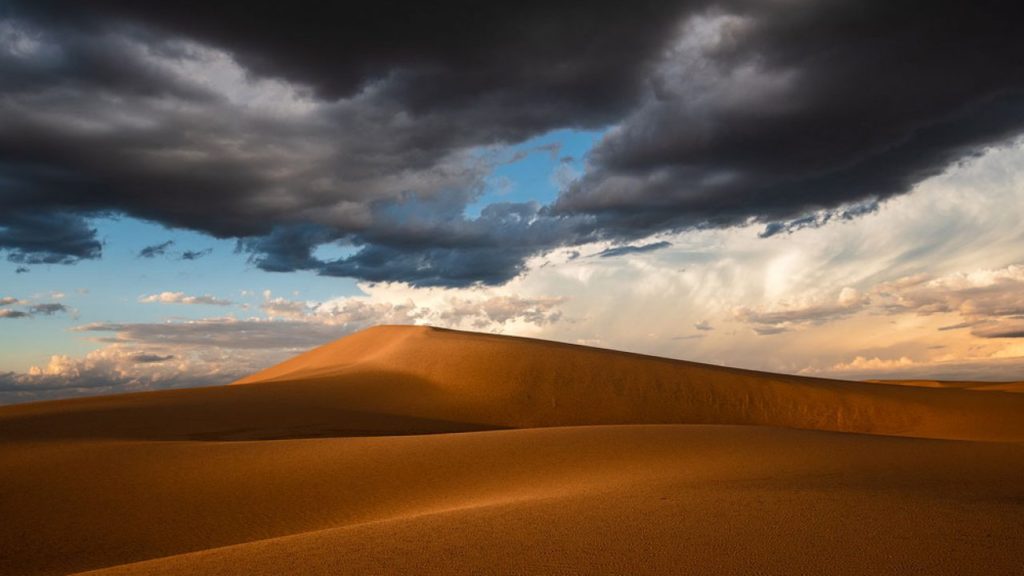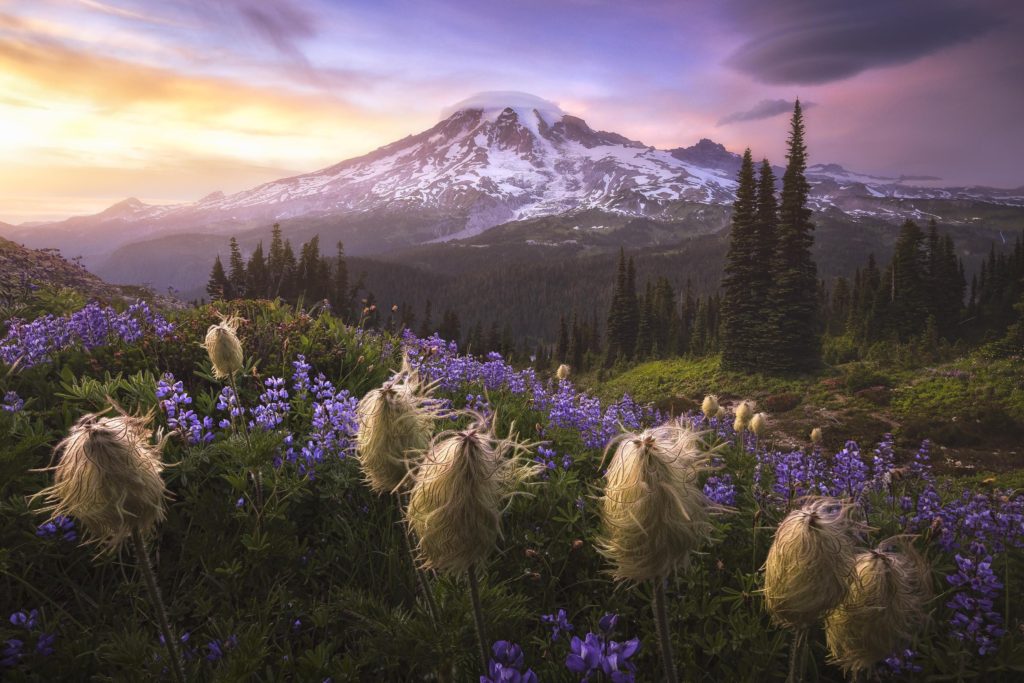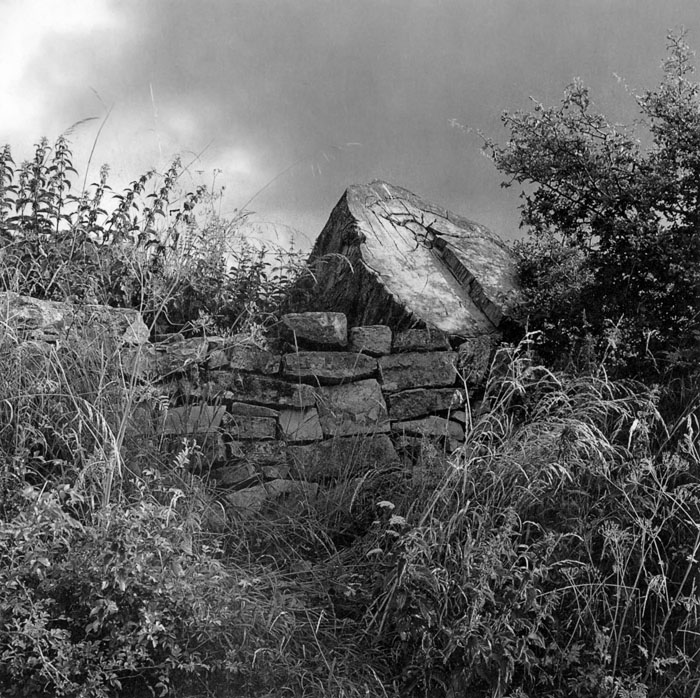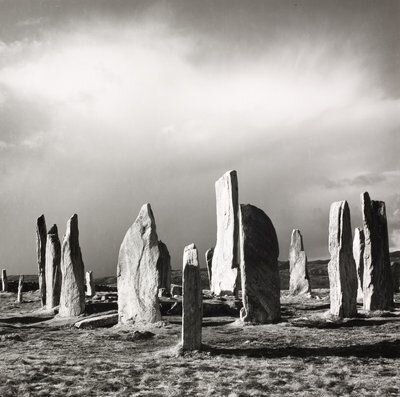Introduction/ Mood Board
Definition: Landscape photography shows the spaces within the world, sometimes vast and unending, but other times microscopic. Landscape photographs typically capture the presence of nature but can also focus on man-made features or disturbances of landscapes. Landscape photography is done for a variety of reasons. I have selected these images as I think they are the most aesthetic and they show a good range of skill and a good variety of different landscapes.
Fay Godwin
Godwin was born Fay Simmonds in Berlin, Germany, the daughter of Sidney Simmonds, a British diplomat who had married Stella MacLean, an American artist. She married publisher Tony Godwin in 1961; the couple had two sons, Jeremy and Nicholas. Godwin was less active in her final years; in a December 2004 interview for Practical Photography, she blamed “the NHS.
In the 1990s she was offered a Fellowship at the National Museum of Photography, Film and Television (now the National Media Museum) in Bradford, which pushed her work in the direction of colour and urban documentary. She also began taking close-ups of natural forms. A major exhibition of that work was toured by Warwick Arts Centre from 1995 to 1997; Godwin self-published a small book of that work in 1999, called Glassworks & Secret Lives, which was distributed from a small local bookshop in her adopted hometown of Hastings in East Sussex.
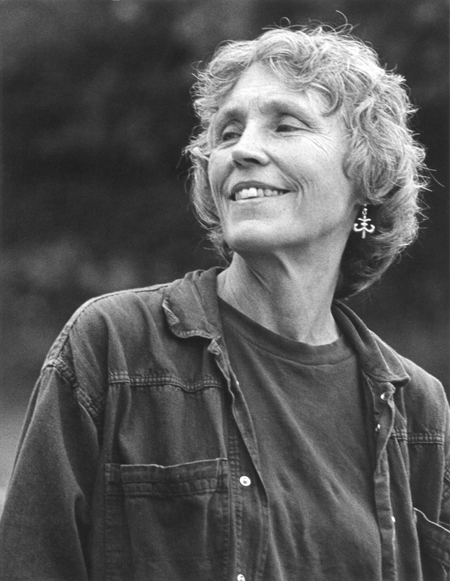
Fay Godwin 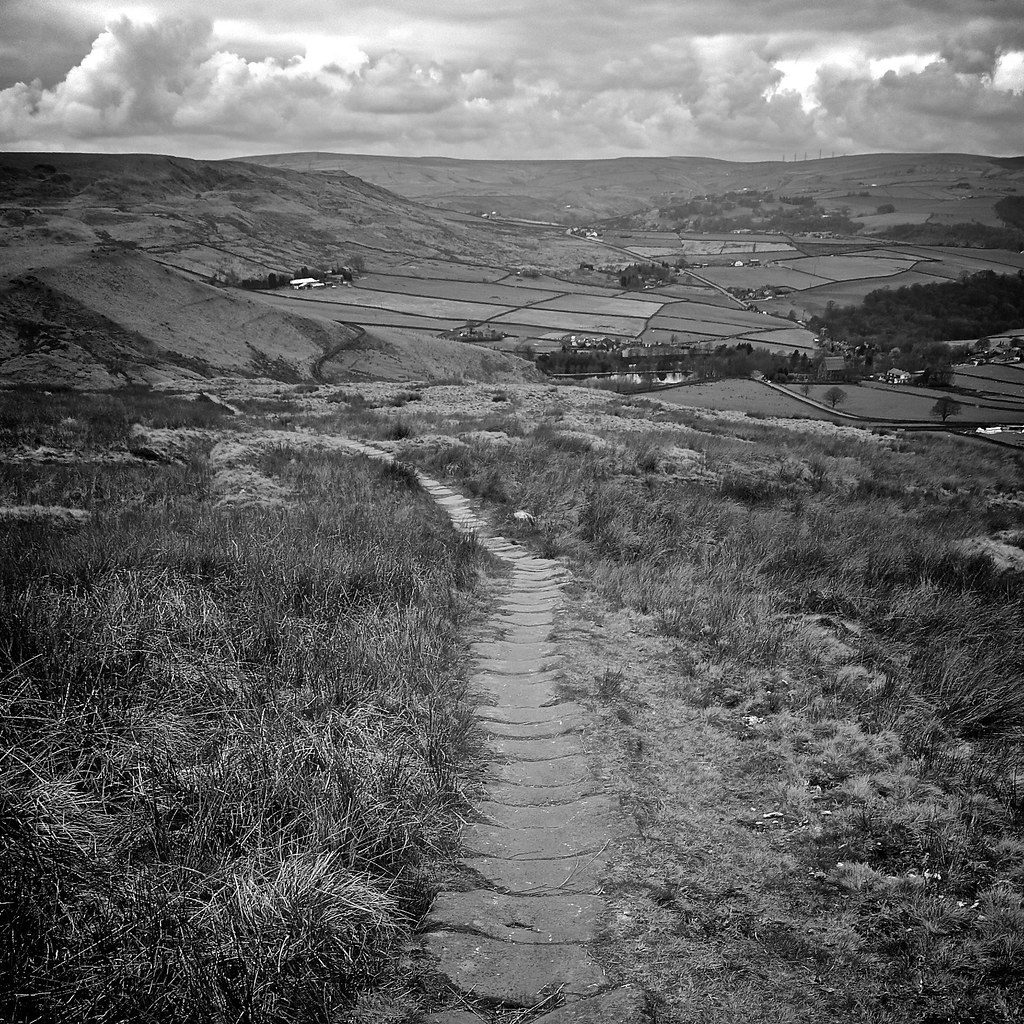
Her work
Godwin was introduced to the London literary scene. She produced portraits of dozens of well-known writers, photographing almost every significant literary figure in 1970s and 1980s England, as well as numerous visiting foreign authors. Her subjects, typically photographed in the sitters’ own homes, included Kingsley Amis.
The first edition of Remains of Elmet: A Pennine Sequence, her book collaboration with poet Ted Hughes, was published by Rainbow Press in 1979. The book was also published in popular form by Faber and Faber (with poor reproduction of the images), and then re-published by them in 1994 simply as Elmet with a third of the book being new additional poems and photographs.
My way into photography was through family snaps in the mid-1960s. I had no formal training, but after the snaps came portraits, reportage, and finally, through my love of walking, landscape photography, all in black and white. A Fellowship with the National Museum of Photography in Bradford led to urban landscape in colour, and very personal close-up work in colour has followed — Fay Godwin
Image Analysis
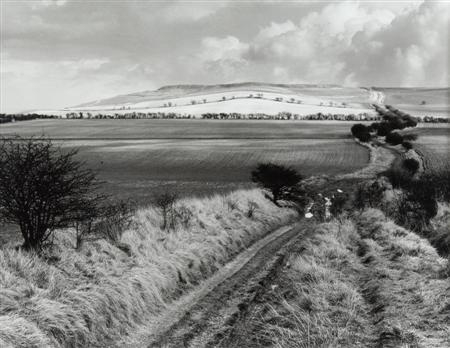
I have selected this image to analyse as I think there are many different components to look at. I like that the way that the camera is angled means that the trial in the foreground takes up all of the image and it slowly disappears to just take up the last third of the image. I think how Godwin has considered (from Ansel Adams’ ideas) that all 11 tones (0-10) in this image and its clear she has considered this when taking the image. The trees all spread through the image are tones 0 as they are the darkest tone, and the sand dunes in the background sand dunes would be considered 9-10 tones as they are very light. Furthermore, its really important to consider the textures in the long grass at the foreground of te image, as this contrasts with the fields and sand further back in the picture, as they are smooth.
In addition, this image is split horizontally into three sections, with the thickest part of the trial in the foreground being one section, the smooth textured field being the next and the very light toned sand dunes in the background being the third, and this gives the image depth and its part of the detailed composition. Also, the perspective of the image means that it gives it a sense of depth, as the foreground appears to be much lighter from the position the image was taken in. The tonal values of the image mean the the depth is heightened as even the outlines of the clouds is clear and the fact that the vegetation in the front matches with the outline of the mountains brings the image together more.


